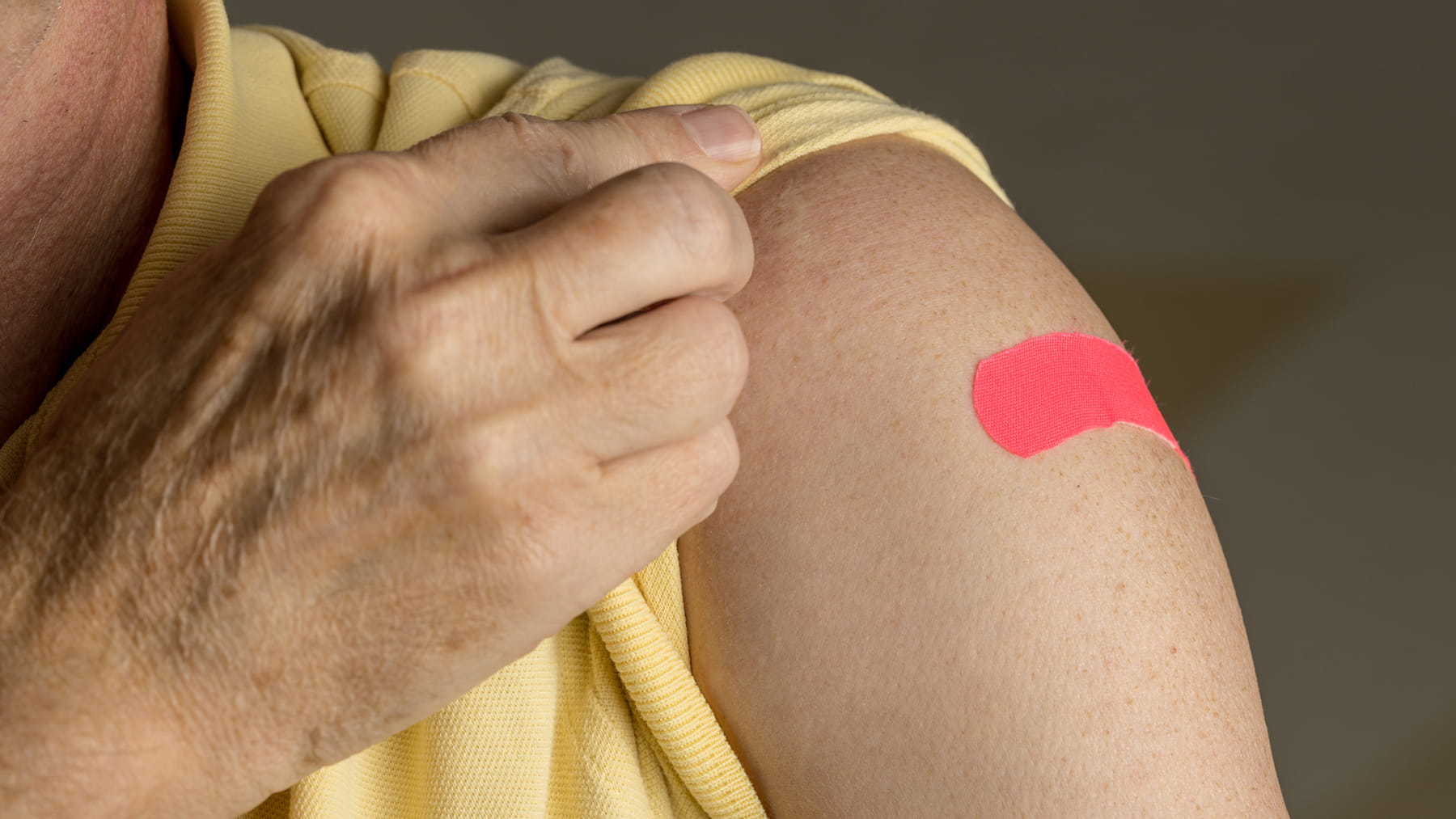What is the high-dose flu shot, and who should get it?

You may have seen commercials for a high-dose flu shot for seniors and wondered what it was—and how it differs from the standard shot you have (I hope) been receiving for years.
The reason you’re seeing the emergence of new flu shots that are specifically designed for older adults is because seniors have a poorer immune response to the flu than younger people do. While the flu might slow down a younger person and keep them in bed, in older adults the flu can be serious—and sometimes fatal.
Because seniors are considered to be so high-risk, developing vaccines that work well in the older adult population is very important. Here are answers to some of the questions you may have about these newer vaccines.
What is the high-dose flu shot? How is it different from the regular shot?
It’s called Fluzone High-Dose Quadrivalent, and it contains four strains of influenza (two influenza A and two influenza B) and four times the antigen of the standard flu shot. The antigen is the part of the vaccine that helps your body build up protection or immunity against influenza virus.
This shot is strongly recommended for adults 65 and older because it provides better protection against the flu and reduces the likelihood of severe flu-related complications such as hospitalizations.
Fluad Quadrivalent is another flu vaccine product licensed for use in adults 65 and older. Like the high-dose shot, this product contains four strains of influenza; however, this product contains an ingredient that helps to improve immune response.
Both are inactivated vaccines and can’t cause the flu.
How long has the high-dose flu shot existed?
The high-dose flu shot was approved by the U.S. Food and Drug Administration (FDA) in 2009 and available to the public in 2010. Fluad Quadrivalent was approved by the FDA in 2020 and is available for the first time this season.
Who can get the high-dose flu shot, and who should?
This particular shot is approved for adults who are 65 and older. But everyone older than 6 months should receive their appropriate vaccine—it’s more important than ever this year as the COVID-19 pandemic draws on and we face the risk of contracting both viruses.
Can you get the high-dose shot if you aren’t a senior?
The shot may also be appropriate for adults with history of a transplant, either organ or bone marrow.
Do you need a special prescription for the high-dose shot?
No. Medical insurances are covering these products for seniors as they are specifically licensed for adults 65 and older.
Does the supply of high-dose flu shots run out sooner? If it does, should seniors still try to find a high-dose shot or settle for a regular shot?
The demand for the high-dose flu shot is very high this year—appropriately so given that flu and coronavirus will both be spreading, making it more important than ever to get a flu vaccine.
It’s possible that supply of the high-dose shot may be short at the pharmacy, flu shot drives or in your provider’s office. If it’s not available, then it’s OK to get the Fluad Quadrivalent or standard shot.
Any flu vaccine is better than no vaccine at all.
What are the side effects? Are they different from the regular shot?
Side effects are similar in standard, high-dose and Fluad vaccines. The most common side effects are mild and last only a few days. Some older adults who are vaccinated have no symptoms at all.
The most common reactions are:
- pain and redness at the injection site
- muscle aches
- headaches
- malaise, a general feeling of not feeling well
Tanya Gure is section chief of geriatrics at The Ohio State University Wexner Medical Center and an associate professor in The Ohio State University College of Medicine.




